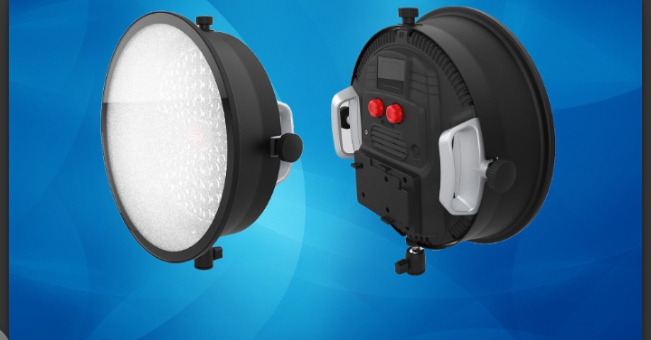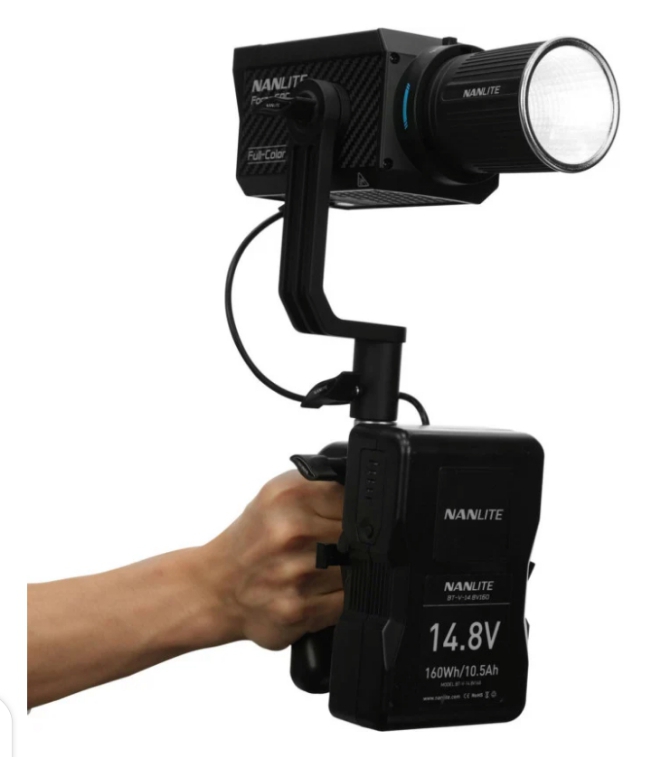When filmmakers say “china balls,” they mean paper lantern lights, those round Chinese lantern diffusers you’ve seen glowing above a scene. In film lighting, a china ball is a simple paper or nylon lantern with a bulb or LED inside, used to create soft, even, natural-looking light. It’s one of the fastest ways to turn a harsh room into something cinematic, and it’s been a quiet staple of cinematography for decades.
Think about the last time you watched a scene that felt warm, gentle, and real, like the light was just there, not “set up.” Chances are a lantern soft light was doing the heavy lifting. China balls spread light in every direction, wrapping faces smoothly, lifting shadows without killing contrast, and giving you that beautiful soft top light or ambient glow audiences love.
If you’re chasing flattering skin tones, cozy interiors, or quick interview lighting on a budget, china balls are a go-to solution. They fix common problems in seconds, hard shadows, flat overhead fixtures, dark corners, while staying lightweight, cheap, and incredibly easy to rig. Once you learn to control them, a china ball stops being a “cheap trick” and starts feeling like a pro secret you’ll use on every shoot.
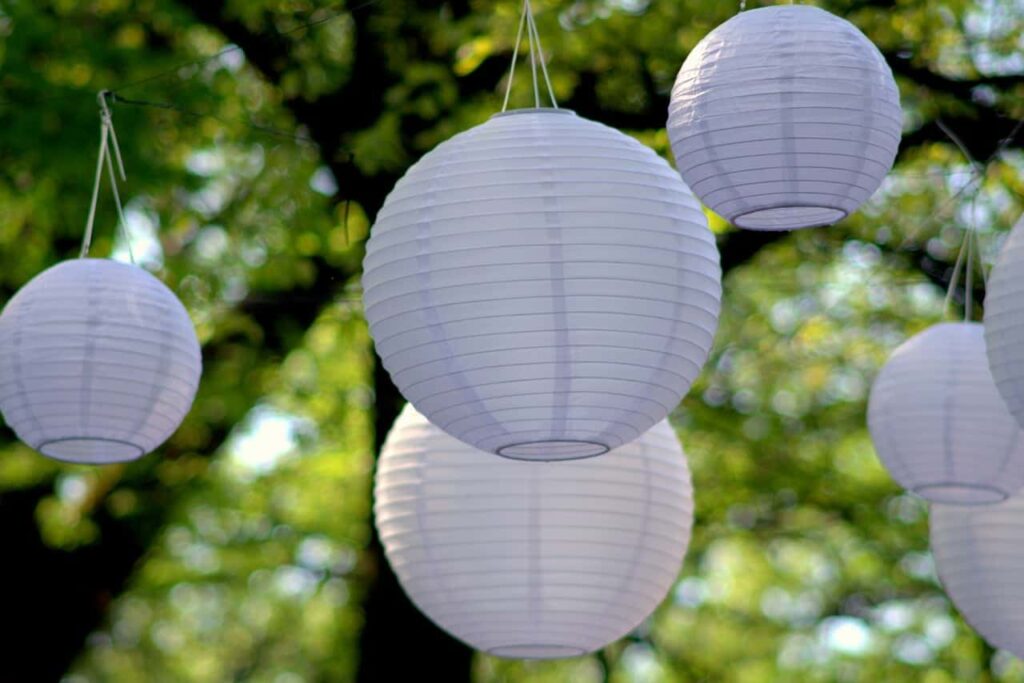
What China Balls Mean in Cinematography
A china ball (also called a Chinese lantern light or paper lantern light) is a soft light source used on set. The bulb sits inside the lantern, and the lantern acts like a built-in diffuser. Instead of a harsh beam, you get a rounded, even wash of light.
Some people call modern versions lantern soft lights or lantern softboxes. They work on the same idea: a glowing sphere gives soft light in many directions.
Why China Balls Look Great on Camera
China balls follow a basic lighting truth: bigger light sources make softer light. A bare bulb is small, so its shadows look sharp. A lantern turns that same bulb into a larger glowing shape. Because the source is now “bigger,” shadows fade smoothly instead of cutting hard lines.
That softness is why faces look pleasing under china balls. Highlights don’t feel harsh, skin texture looks calmer, and the light wraps around cheeks and jawlines. The result is often described as natural light, even though it’s a controlled set light.

When to Use China Balls (Best Shot Types)
China balls don’t give just one style of light. They’re simple, but you can use them in many ways. Here are the shots where they work best.
1. Soft top light for rooms
Use a china ball as an overhead light when you want the room to feel natural and warm. Hang it just above the frame and it will spread soft light across a wide area. This is great for kitchens, bedrooms, living rooms, or table scenes where you need even light fast.
2. Interviews and talking heads
China balls are perfect for interviews because they make faces look smooth without harsh shadows. Place one slightly above and in front of the subject. The light wraps nicely around the face, and it still looks good even if the person moves a little.
3. Ambient “base layer” light
Sometimes a scene feels too dark or too sharp. A china ball can lift the whole room softly, giving you a gentle background glow. Think of it as your first layer of light, which you can shape later with stronger or more focused lights.
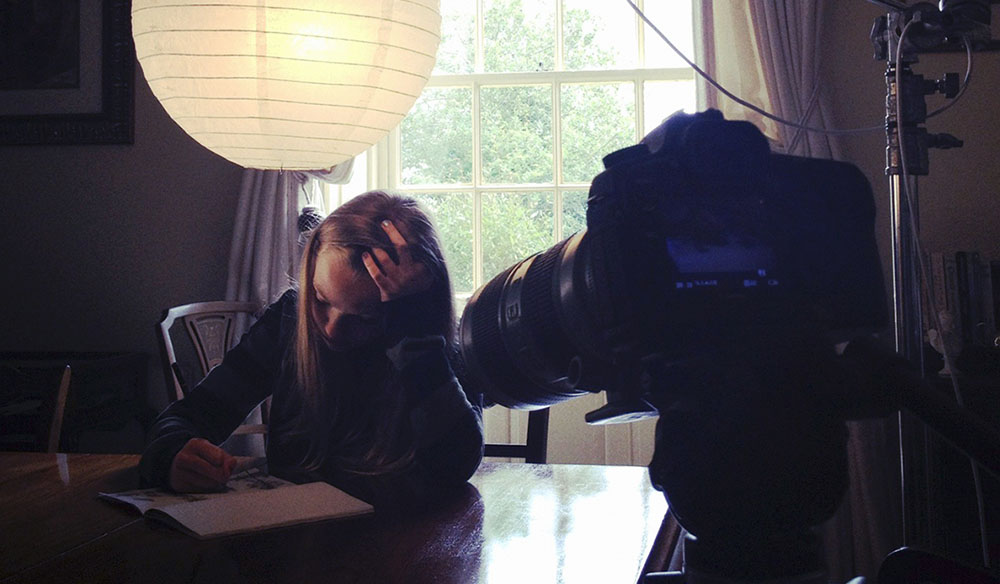
4. Practicals in shot
If the lantern is meant to be seen on camera, a china ball works as a believable practical light. It looks like a real ceiling fixture or home lantern. Nylon or silk versions are better here because they last longer and don’t tear as easily as paper.
5. Quick soft fill on low budgets
When you need soft fill light but don’t have time or money for a full softbox setup, a china ball saves the day. Boom it near your subject and it quickly softens shadows and brightens faces in a smooth, natural way.
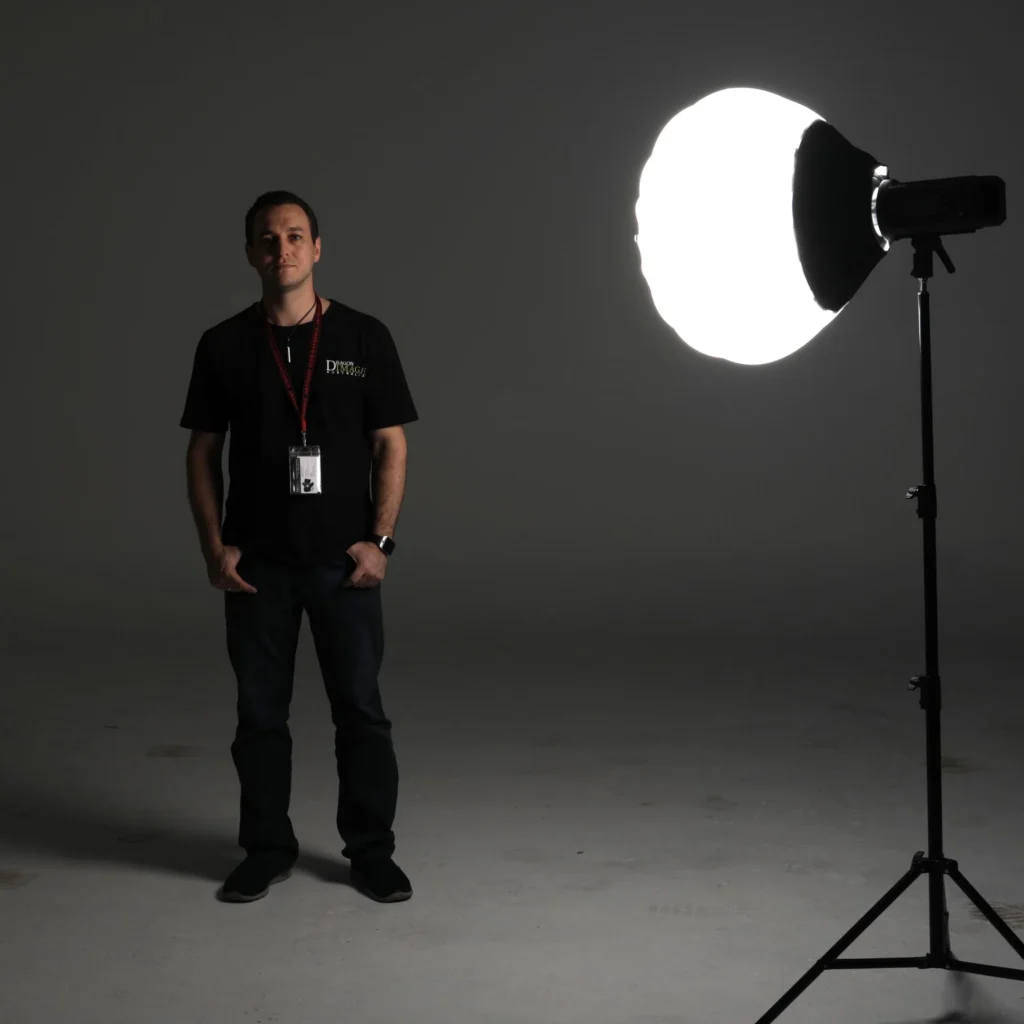
Picking the Right China Ball: Size, Material, and Strength
A lot of people say “any paper lantern will work.” That’s only partly true. The china ball you choose changes how soft the light feels, how easy it is to control, and how safe it is on set.
Size matters (bigger = softer light)
China balls used for film usually range from about 12 inches to 30 inches or more. A larger lantern spreads light wider and looks softer on faces, but it can spill everywhere if you don’t control it well.
As a simple guide:
- 12–18 inches works well as a soft key light for one person or a small two-person shot.
- 24–30 inches is great for room ambience, table scenes, or small groups.
- 30 inches and above is best when you want soft overhead light for a wider area.
If you’re starting out, a 24-inch china ball is the easiest all-round choice.
Material affects durability and safety
Paper lanterns are the most common because they’re cheap and give a very smooth glow. The downside is that paper tears easily and can burn if you use bulbs that run too hot.
Nylon or faux-silk lanterns cost more, but they last longer and hold up better to rigging. They’re also a smarter option if the lantern will be visible in the shot.
Sockets and rigging kits make life easier
Film-grade china ball kits usually come with a heat-safe socket, a wire frame, and proper hanging parts. These details matter. They help the lantern keep its shape, let you rig faster, and reduce fire risk compared to using a basic household setup.
Bulbs and Color: Getting the Look You Want
The lantern softens the light, but the bulb inside decides the color and quality of that light.

1. Tungsten bulbs for a warm feel
Tungsten bulbs give a cozy orange tone. They’re great for night interiors, bedrooms, restaurants, or any scene where you want a warm practical look.
2. Daylight bulbs for clean, neutral scenes
Daylight-balanced LEDs are better for daytime interiors or for matching window light. They help keep skin tones looking natural in bright environments.
3. High-CRI LEDs for the best color
If you want the cleanest results, use high-CRI or high-TLCI LED bulbs. These bulbs keep colors accurate, so faces don’t turn green or sickly on camera.
4. Dimming for easy mood control
A dimmer is one of the best add-ons for a china ball. It lets you change brightness smoothly without moving the lantern. That makes it easy to shift the mood of a scene from bright and open to soft and intimate in seconds.
How to Set Up China Balls on Set (Step-by-Step)
China balls are quick to use, but a clean setup makes a big difference in how they look on camera. Here’s a simple way to do it right.
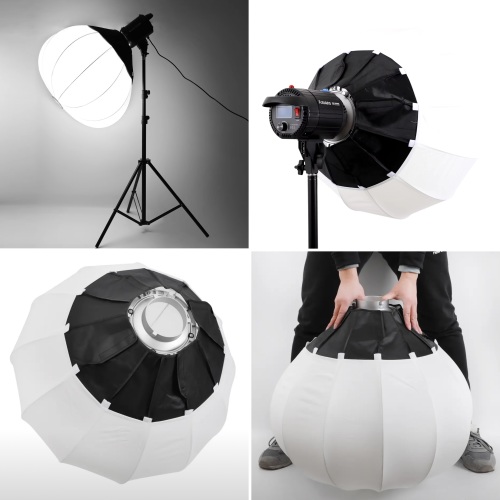
Step 1: Put the lantern together
Open the china ball fully and clip the wire ribs into place so it keeps its round shape. Then attach the light socket and screw in your bulb or LED. Make sure the power is off while you do this.
Step 2: Pick how you’ll hang it
China balls work best when they’re hanging freely. You can rig one in a few easy ways depending on your shot. The most common options are hanging it from a boom pole, suspending it from the ceiling, or mounting it on a light stand with an extension arm. For moving shots, some crews even handhold them carefully.
Step 3: Control the spill with a skirt
By default, a china ball throws light in every direction. That can wash out your scene. To control it, clip a black fabric skirt around one side of the lantern. This blocks light where you don’t want it and turns the china ball into a soft, controlled key light.
Step 4: Place it where the light feels right
Where you put the lantern changes the look. Hanging it overhead gives natural top light. Placing it slightly to the front and side makes a soft key. Putting it behind a subject can add a gentle rim or background glow. Also remember that distance matters: closer gives softer, brighter light; farther gives wider, flatter light.
Step 5: Shape the light with flags
If the china ball is still lighting areas you want darker, add a flag or a black solid. This cuts spill off walls, ceilings, or the camera lens. It’s a small step that keeps the soft feel, but stops the scene from looking flat and overlit.
Pro Techniques That Make China Balls Feel Cinematic
This is the part most guides don’t explain well: a china ball isn’t just a “soft light.” The magic comes from how you control it. Here are a few pro moves that instantly upgrade the look.
“Top light + skirt + dim” for an instant movie room
One of the easiest cinematic setups is to hang a 24–30 inch china ball above the scene, just out of frame. Then add a black skirt on the camera side and dim the bulb until it feels right. This gives soft light on faces while keeping the ceiling and background from getting too bright. The room feels natural, not “overlit.”
Use two lanterns instead of pushing one too hard
In larger rooms, one china ball can look weak if you try to cover everything. Instead of using a stronger bulb, hang two lanterns at lower brightness. The light stays soft and even, and you avoid hot spots or harsh shadows. It also keeps heat lower, which is safer for paper lanterns.
Create a realistic flicker for fire or candle scenes
If you want the warm, moving feel of firelight without using real flames, place a small LED or LED strip inside the lantern and add a flicker effect. The china ball spreads that flicker softly across the scene, so it feels like real candlelight bouncing around the room.
Boom a china ball like a moving soft key
When actors are walking or the camera is handheld, a boomed china ball can act like a floating softbox. Because it’s already diffused, small movements don’t ruin the light. It stays smooth on faces during walk-and-talk scenes, even if the lantern sways a little.
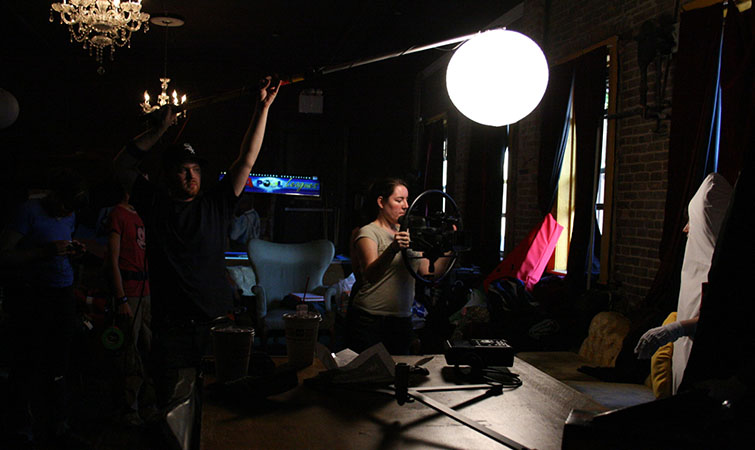
Add negative fill to bring back contrast
China balls bounce light everywhere, which can make a scene look too flat. When that happens, place a black solid or flag on the shadow side of your actor. This eats some of the extra spill and brings back shape in the face. You keep the softness, but the image gets more depth.
Common Problems and Simple Fixes
A frequent mistake is overpowering the lantern. Paper lanterns are not built for high heat, and pushing wattage can scorch or collapse them.
Another issue is no control. If the lantern is bare, light climbs walls and ceilings, and the scene loses focus. A skirt or simple flag usually fixes this right away.
Color mismatches also happen a lot. If your china ball bulb is warm but the room has daylight windows, skin can look muddy. The fix is to match bulb color to the scene, then adjust in camera or with gels if needed.
Safety Rules for China Balls
1. Respect heat at all times
China balls are safe to use as long as you treat heat seriously. The lantern is still paper or fabric around a hot light source, so heat control is everything.
2. Stay within safe wattage limits
Paper lantern makers and film lighting pros warn that using bulbs that are too powerful can lead to scorching or even fire. Always follow the recommended wattage for your lantern, and make sure the bulb is not touching the paper.
3. Choose cool-running bulbs
LED bulbs are the best option because they produce much less heat than tungsten bulbs. If you want extra safety and durability, nylon or faux-silk china balls are a smarter choice since they handle heat better and don’t tear as easily.
4. Never leave them on unattended
A powered china ball should never be left alone. On set, someone should always keep an eye on the lantern and its rigging to avoid accidents.
China Balls Price and Availability
Basic paper china balls are very cheap and easy to find. Most 12–18 inch paper lanterns cost about $2–$6, a 24-inch ball is usually $5–$10, and 30-inch sizes often run $8–$15. Nylon or silk china balls cost more but last longer, so expect around $8-$20 depending on size. If you’re buying the pro “lantern softbox” versions made for COB lights (Aputure, Nanlite, Godox, etc.), prices jump to roughly $60–$150.
Availability is strong almost everywhere. Paper and nylon china balls are sold year-round on Amazon, eBay, home-decor stores, and film/photography shops, so you can usually get them same-week. The pro lantern softboxes are also widely stocked at major camera retailers, though specific models may sell out briefly during big sales or new releases.
No. In film lighting, china balls are paper/nylon lantern lights. The hand exercise “Baoding balls” are a totally different object with the same nickname.
You can, but high-CRI LED photo/video bulbs are safer and look cleaner on camera. Household tungsten bulbs also get hot faster
Skirt it with black fabric and clip it in place. Then add flags/solids where needed. That’s the standard pro method.
They can, but wind and moisture are problems. Use nylon lanterns, secure rigging well, and consider battery LED builds for mobility.


